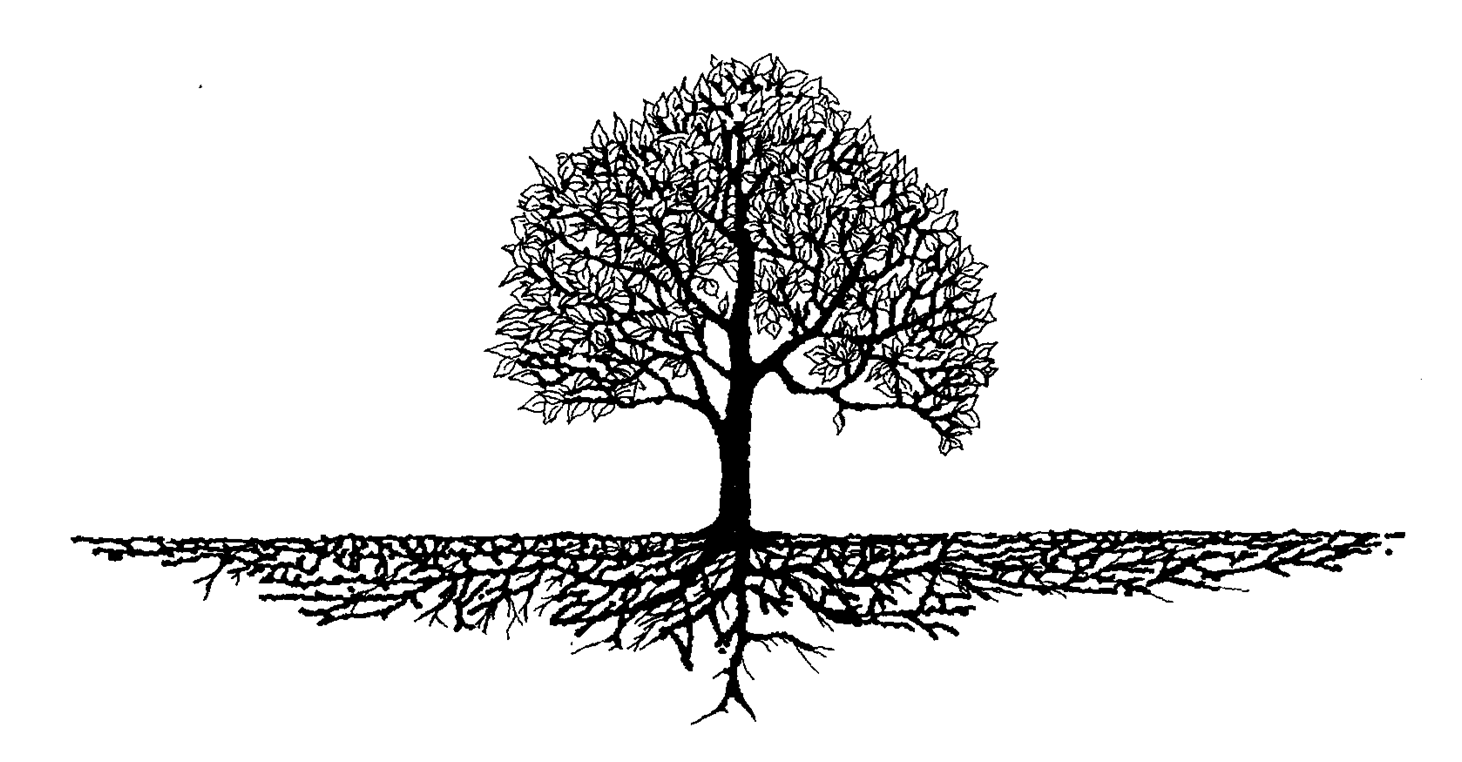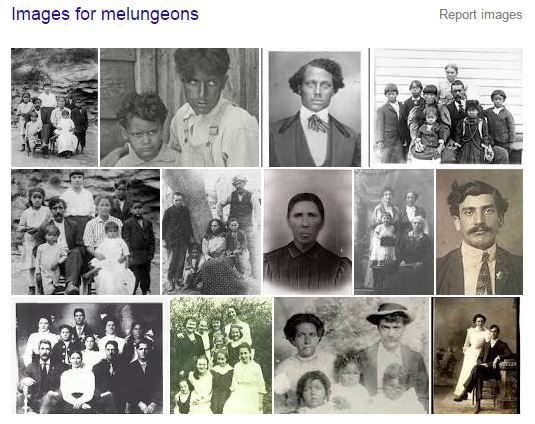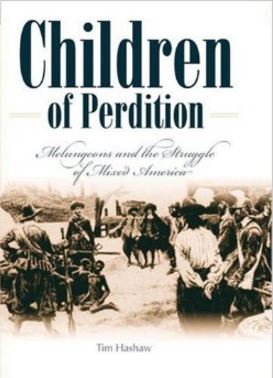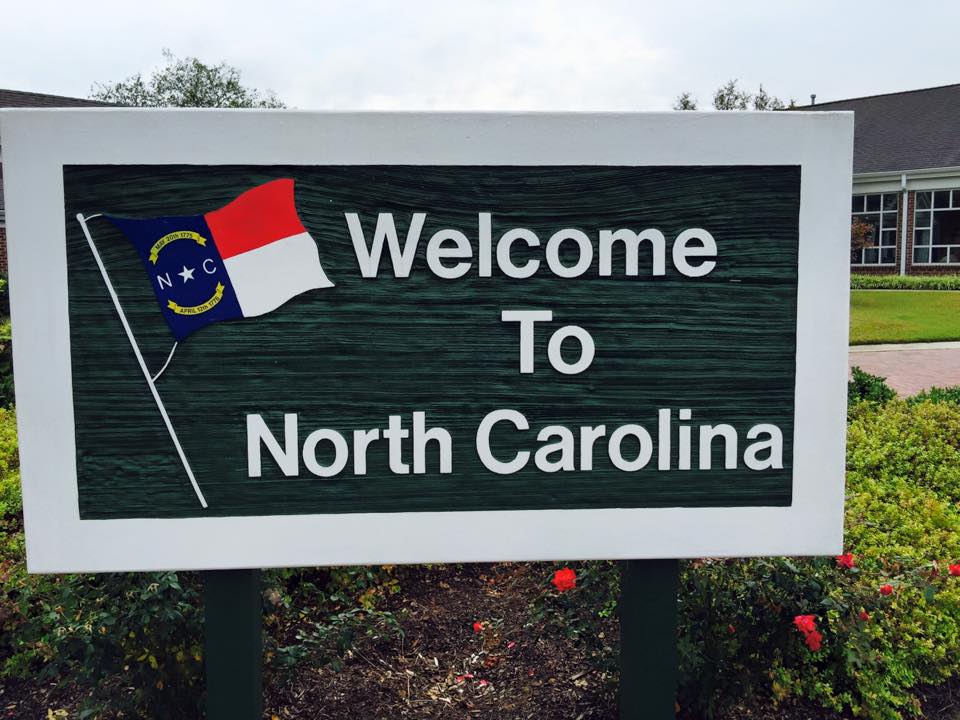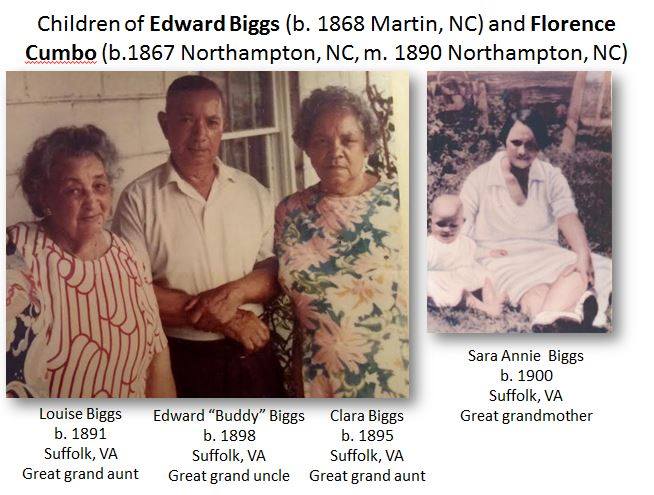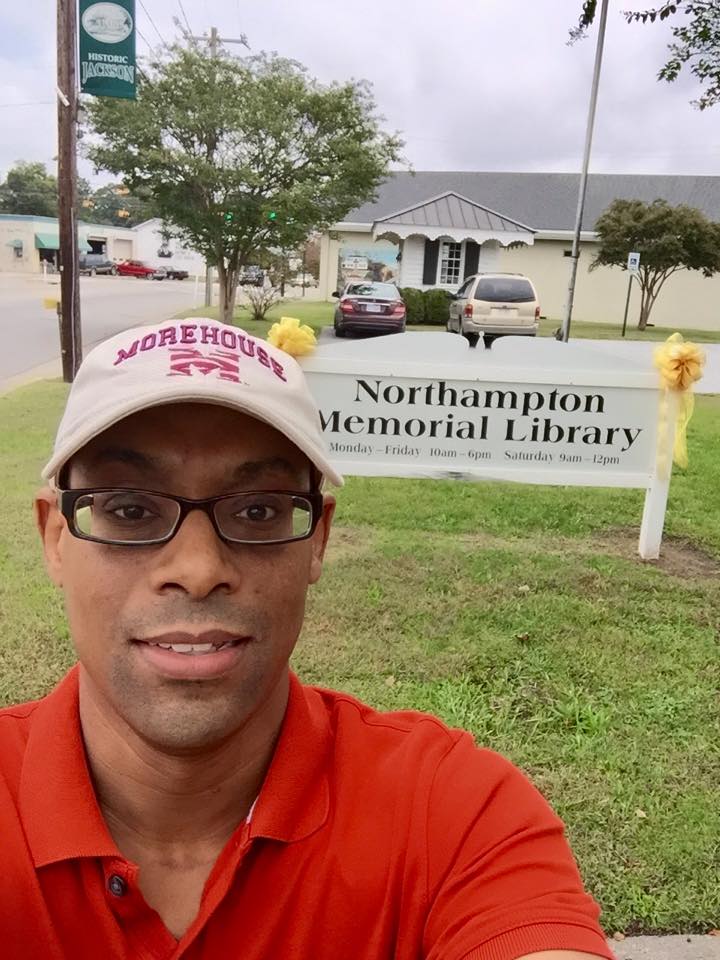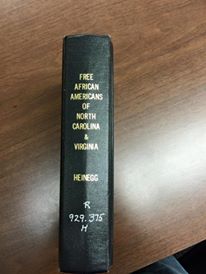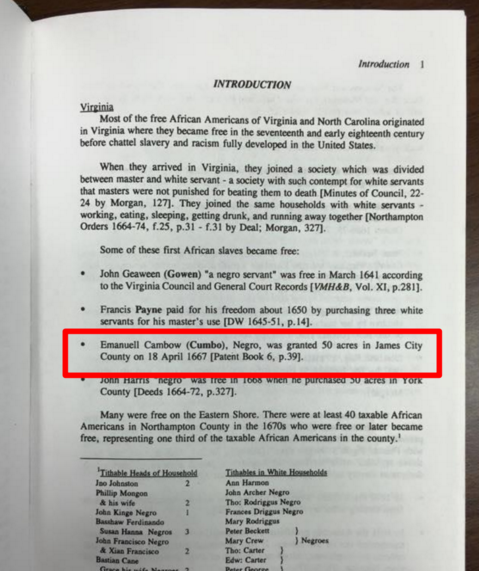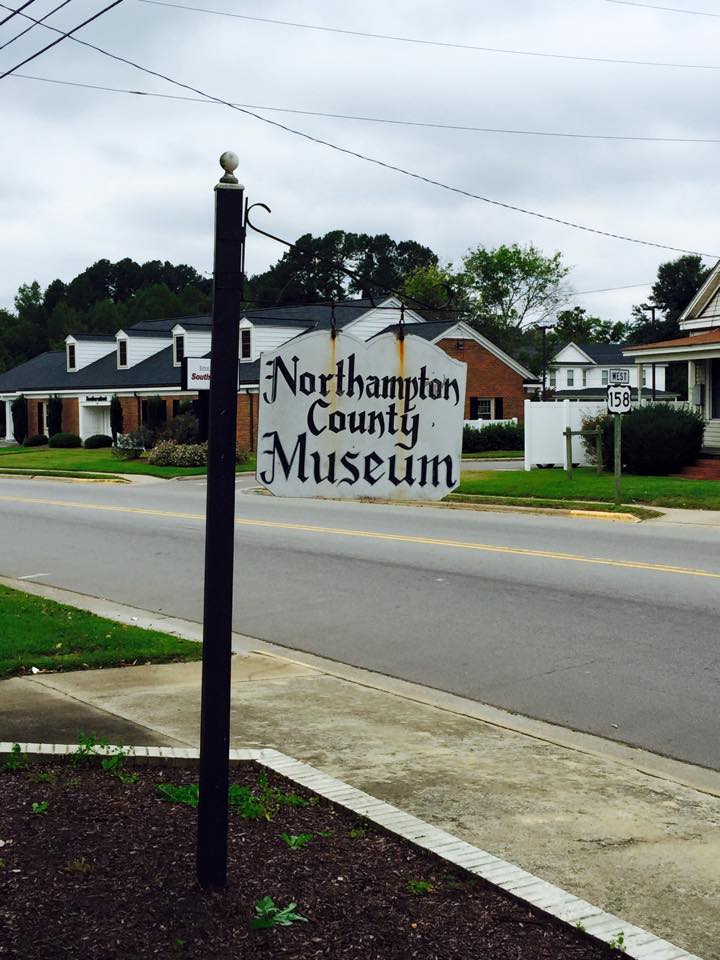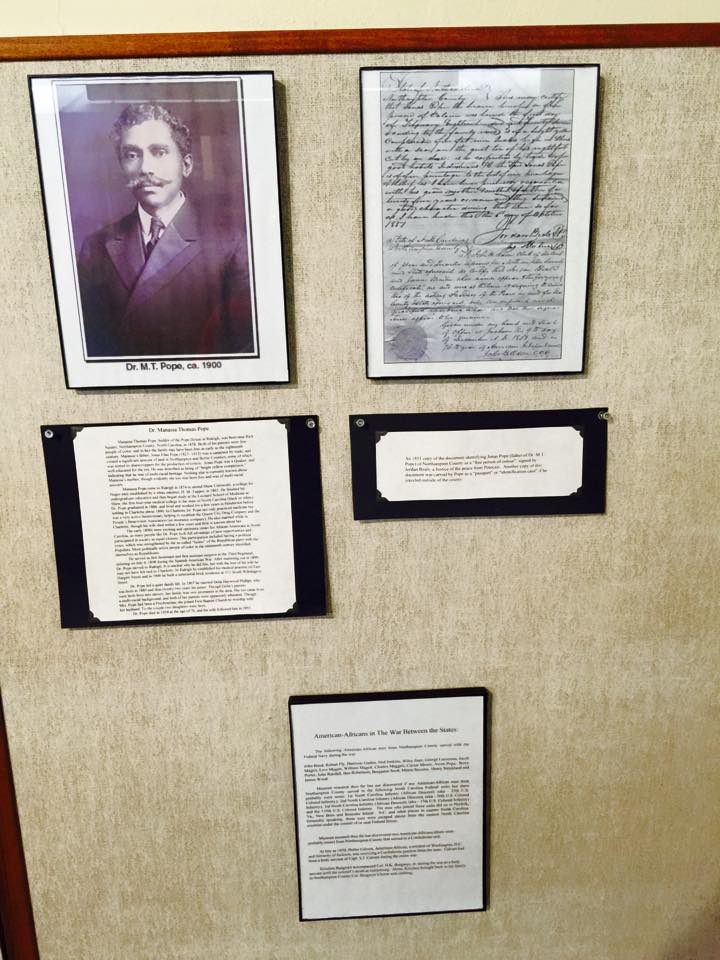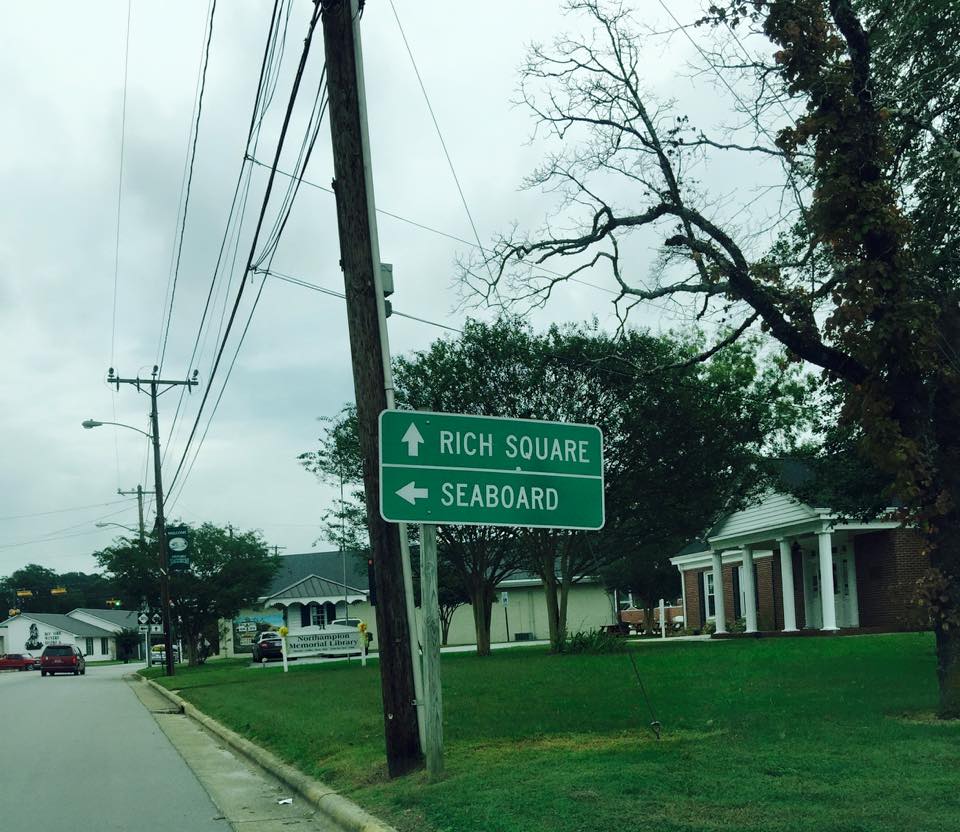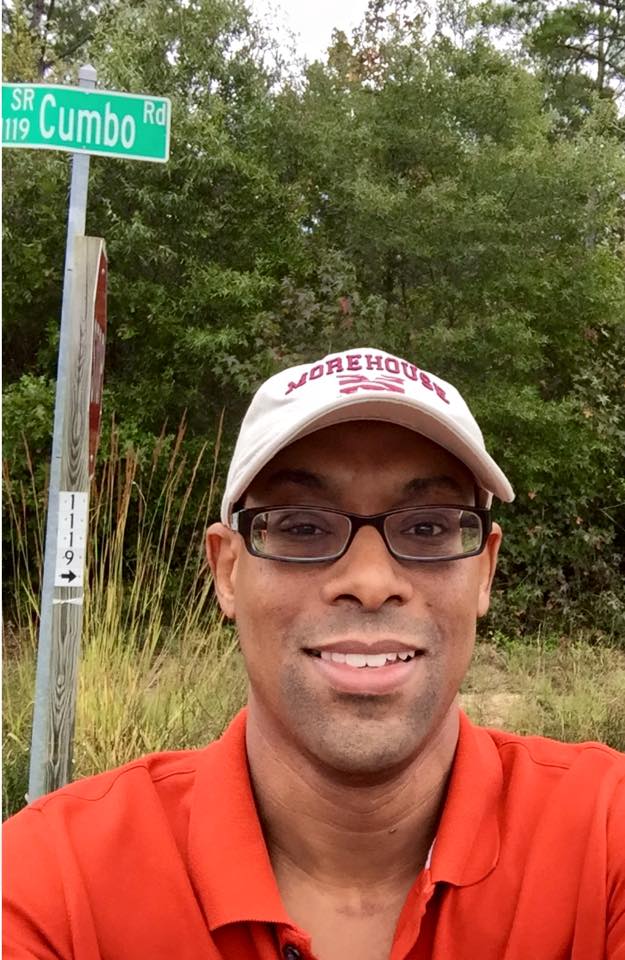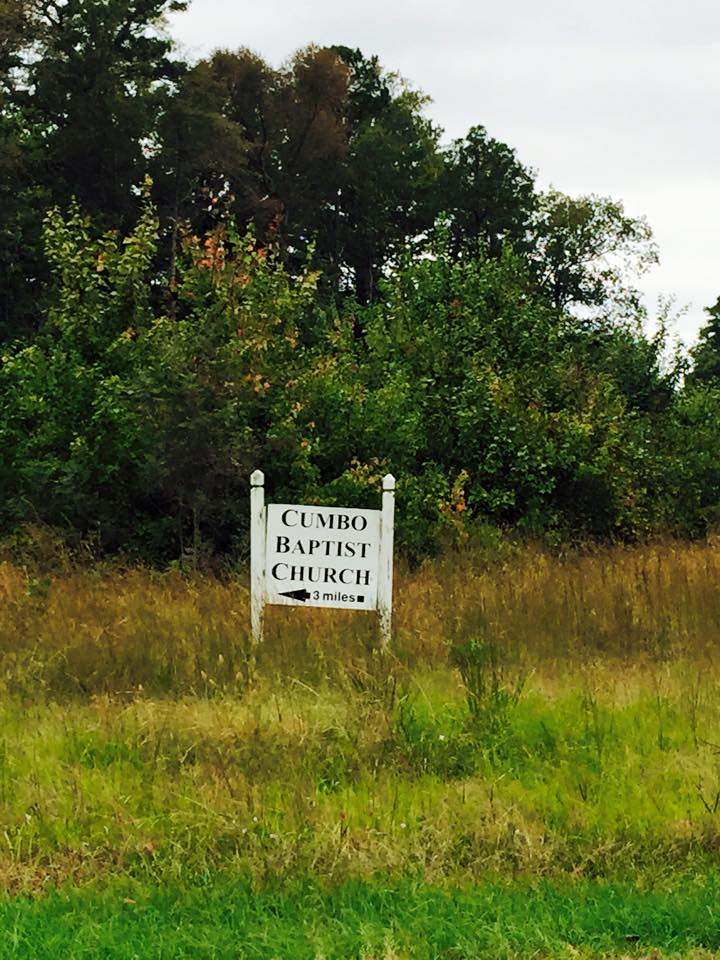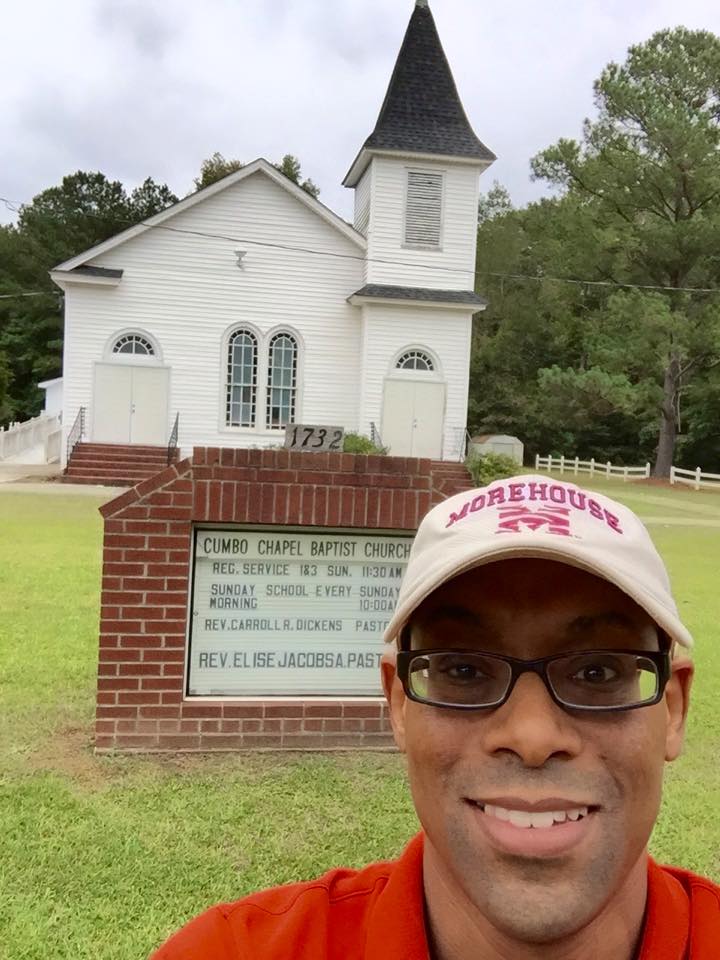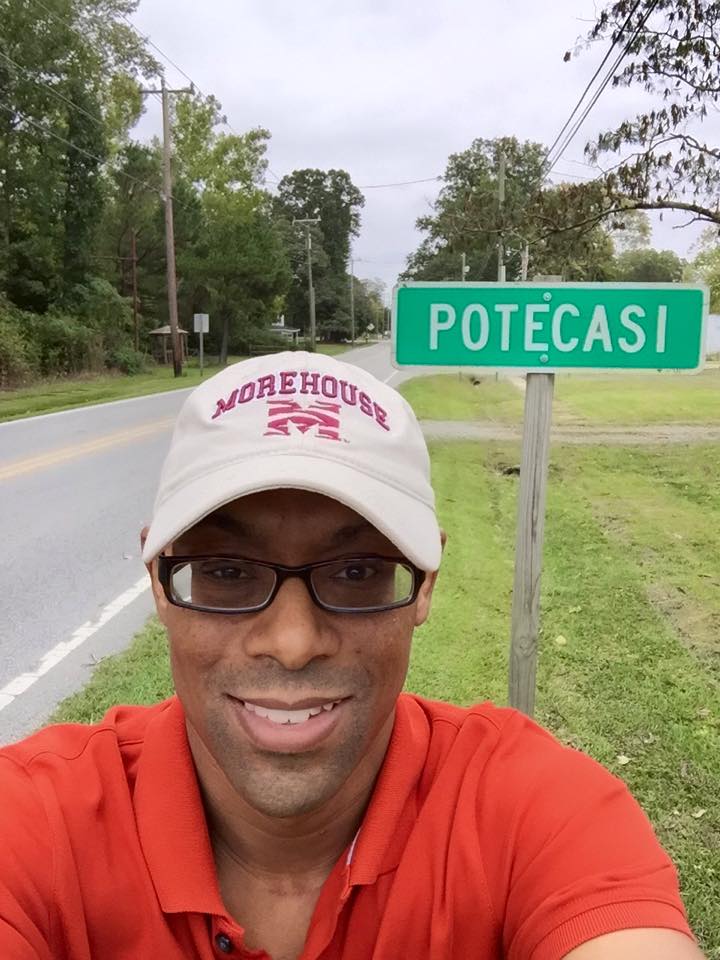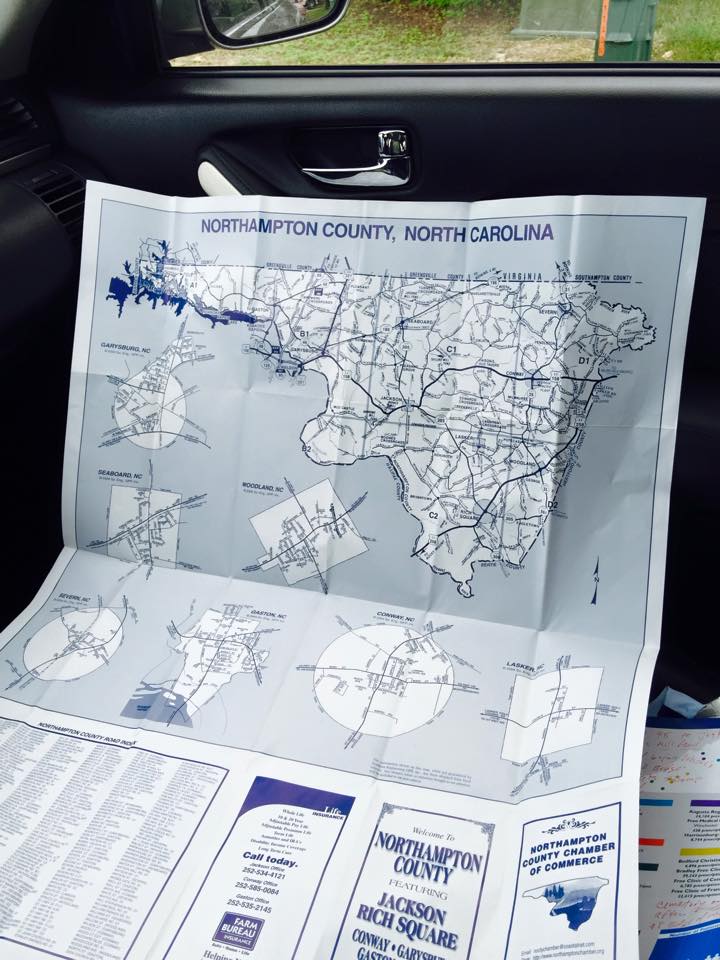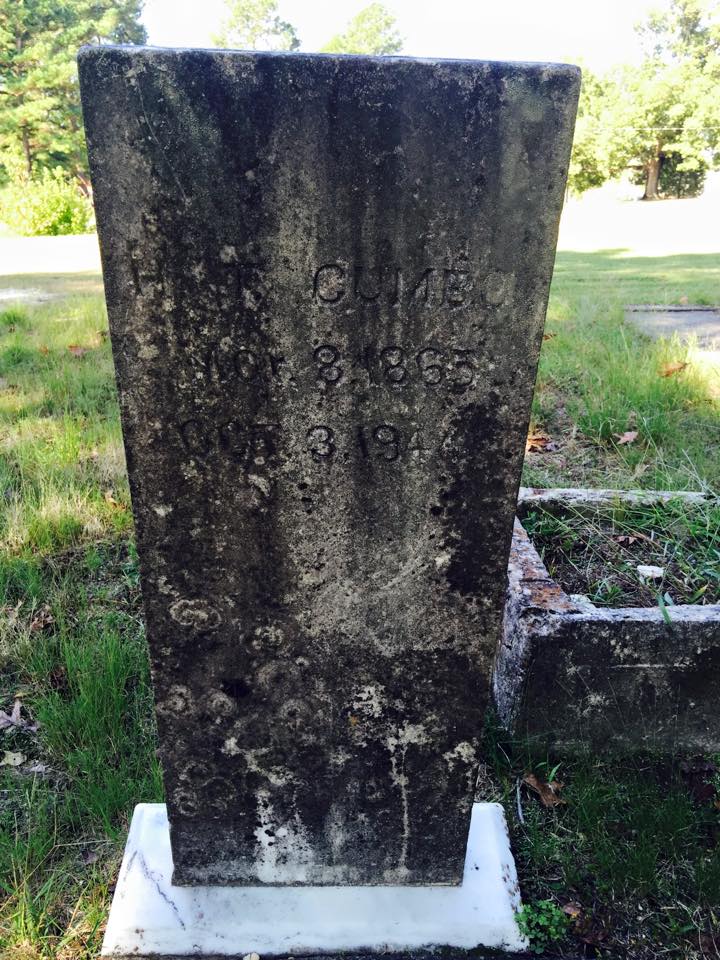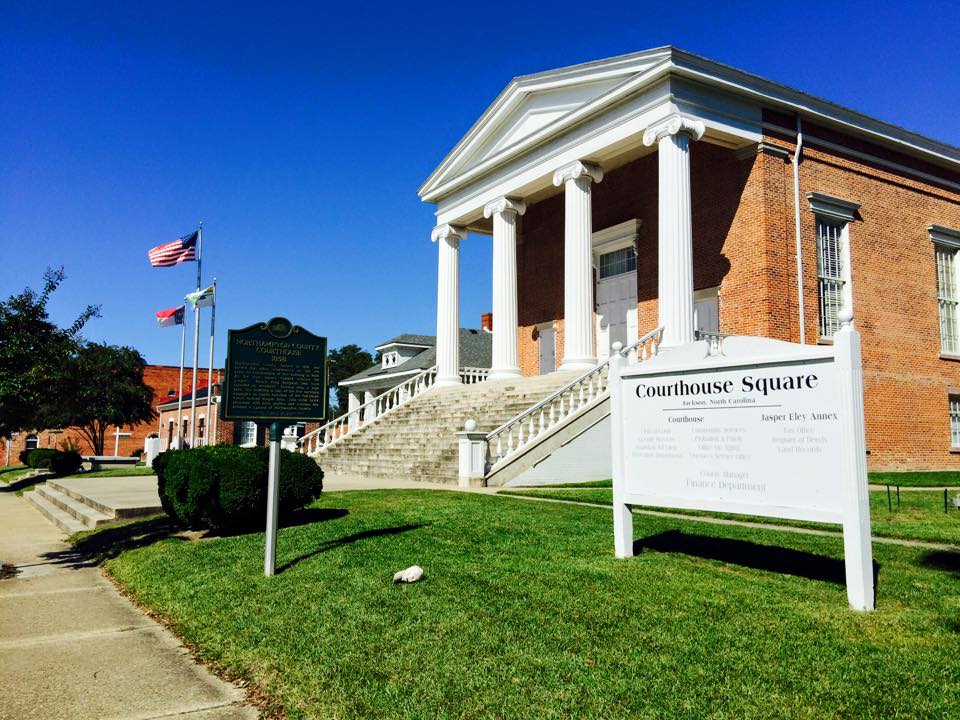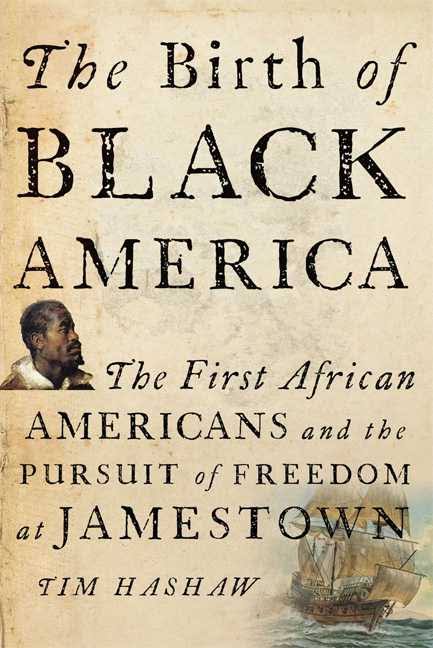In a previous post I explored the origins of the name Cumbo and uncovered its beginnings in Africa and Italy. In this post I will explore Cumbo residence and migration patterns in the United States over time. Ancestry.com offers a great surname mapping tool that lets a user map where in the US people with a family surname of interest lived over time (1840, 1880 and 1920) which might provide insight into migration patterns. Since Cumbo is such a unique name descendants of which can be largely attributed to Emanuell Cambow born in Angola and lived in Jamestown starting in the 17th century and perhaps some European immigrants from the early 20th century, it makes it possible to tease out Cumbo family migration patterns over time.
Cumbo 1840
In 1840 the Cumbos were still concentrated in Virginia where the first Cumbos of the New World lived in Colonial Times. By 1840 they’d moved south into North Carolina, South Carolina and Tennessee, the land of the Melungeons. My Cumbo ancestors were living in Northampton County, North Carolina at this time. My 5th great grandfather Britton Cumbo Sr. appears in the 1820 and 1830 census of Northampton as head of a Free Colored household. He passed away around 1837 so was not counted in the 1840 census. His son, my 4th great grandfather Britton Cumbo Jr., was apprenticed as an oprhan to a man named Jesse Morgan of Northampton County. So he would have been part of the Morgan household at this time and wouldn’t have been counted as a Cumbo household. So his Cumbo relatives make up the Cumbo count in North Carolina in 1840.
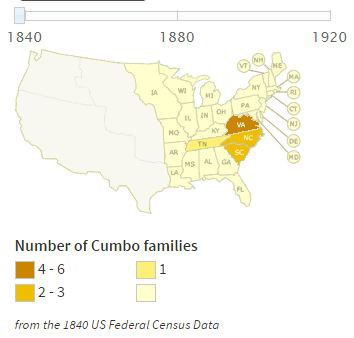
Cumbo 1880
By 1880 the Cumbos were concentrated in North Carolina and had migrated south west to Texas and west to states as far as California.

Cumbo 1920
By 1920 Cumbos continued to spread across the country. The presence of Cumbos in Northern states such New York and the Midwest may be attributable to The Great Migration, the historical movement of African Americans out of the Southeastern United States to the Midwest, Northeast and West from approximately 1915 to 1970. It could also reflect Cumbos from Italy immigrating to the United States for the first time.
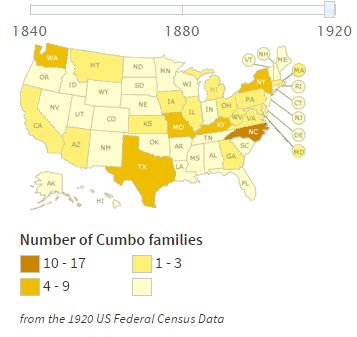
I encourage you to check out the tool which can be found here:
http://www.ancestry.com/learn/facts/
Plug in the Cumbo surname derivative for your family. The most common Cumbo derivatives are Cumbee, Cumber, Cumbie and Cumby. Review the maps for 1840, 1880 and 1920. Share what you uncover as patterns or insights in the comments section of this post.
